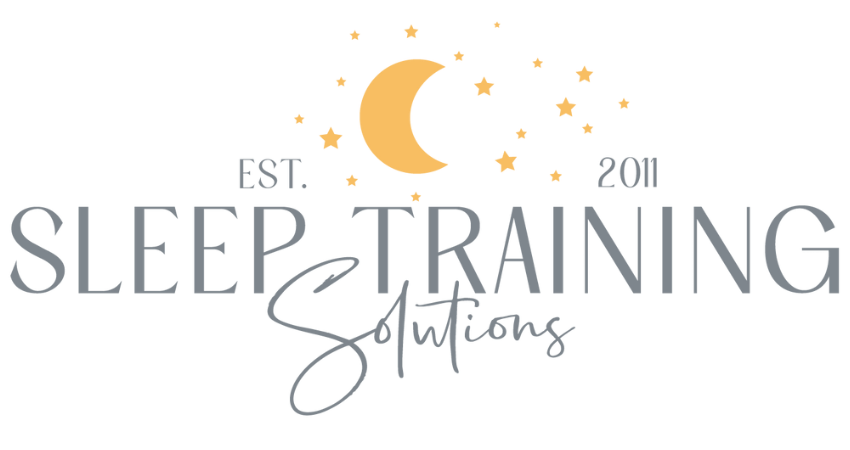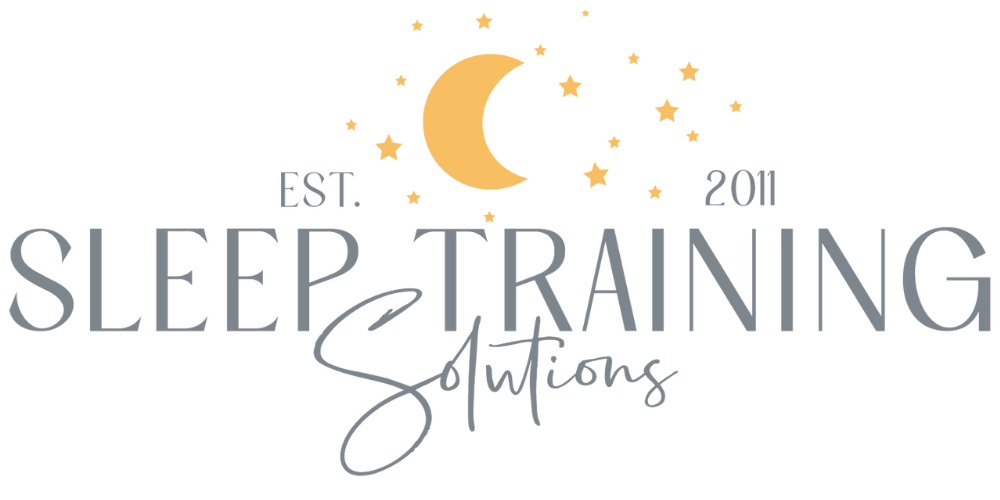Kid Approved Healthy Snacks and Treats
Wondering why this sleep consultant is writing about snacks?!
I’ve talked with several nutritionists and pediatricians and they all agree that most kids aren’t get a varied diet (vitamin and mineral-wise) or right proportions of carbs, protein and good fats. And when a child (or adult!) isn’t getting proper nutrition, health is affected…including sleep!
In the last month, I’ve worked with four families where diet was a contributing factor – primarily because their kiddos were on the “white” diet (bread, pasta, sugar…)
Their behavior during the day was challenging and settling down for naps and bedtime was really difficult!
So inevitably when I ask about diet and whether they’ve talked with their doctor or a nutritionist about incorporating some more complex carbs, protein and healthy fats, I’ll get the question: “Well, what would be a good substitute for the prepackaged cookies, muffins, cereal and pastries?”
I’ll email them a couple recipes my boys (and their friends) LOVE – and many are gluten and nut free. (My son is allergic to some tree nuts and I’m gluten-free, so many of the recipes are safe for both.)
[Side note: Even though I am a complete health nut, I am not a certified nutritionist, so I always encourage families to consult with their pediatrician or a nutritionist if vitamin/mineral deficiency is suspected or they’re making major changes to their child’s diet!]
I did a blog post about a year ago on Healthy Snacks and Desserts for Toddlers and Preschoolers and it was so happily received that I thought it was time for an update.
SO here are some of our current favorite snacks:
Nut-free and gluten free
Coconut Cinnamon Cereal – oh my goodness, we’re so in love with this recipe that I make it at least once a week! It’s so versatile and can be made for cereal, granola, bite size “graham crackers” or even a healthy “oatmeal” cookie (if you make a little glaze with honey, coconut cream and vanilla or a pinch of cinnamon). One thing to note if you want it to come out more crunchy – put it in the oven for 10 minutes at 350 and then bump it down to 200 for 30-60 min.
Sour Gummy Stars – I love this recipe for homemade gummies – they use gelatin from grass fed cows, organic lemon juice and honey (I sometimes add a couple drops of liquid stevia too). I have a silicon gingerbread man mold and tripling the recipe will fill all the spots :) Grass fed gelatin has so many benefits!
Baked Sweet Potato Chips – crunchy and healthy, perfect on their own or with a dip (like guacamole!)
Pizza Potato Skins – when you need something a little more substantial for a snack…
Apple Cinnamon Muffins – so easy and so yummy. I use parchment cupcake liners so none of the muffin sticks to the paper!
Blueberry Muffins – for a gluten free muffin, these are especially moist. If your child is used to really sugary treats, these may not be sweet enough with the amount of honey listed, but you could add a bit more and each time you make them, use a little less!
Dark Chocolate Peanut Butter Cups – I know there’s peanut butter in these – peanuts are technically not a nut, they’re a legume. We’ve used almond butter or sunbutter and they’re amazing! I’ve also substituted quinoa flakes for the oats and they come out perfectly.
Coconut Flour Chocolate Chip Cookies – these are teeny, tiny bite size morsels of goodness. Perfect for the littles in your house that want a treat but you don’t want to give them a giant cookie! I usually triple the recipe and make sure to chill the dough before you bake it…
Gluten-free (not nut-free)
Grain Free Double Chocolate Cookies – these have almond meal (a tree nut my son can have) and are moist with good texture and super chocolatey! I substituted an egg for the flax and water, and used coconut sugar for the cane sugar…
Coconut Sugar Candied Pecans – these use another safe tree nut for my son and are slightly sweet and cinnamon-y but with no refined sugar when you use coconut sugar
Related Posts:
This post is for informational purposes only and may not be the best fit for you, your child and/or your personal situation. It shall not be construed as medical advice. The information and education provided here is not intended or implied to supplement or replace professional medical treatment, advice, and/or diagnosis. Always check with your child’s physician or medical professional before trying or implementing any information read here.





